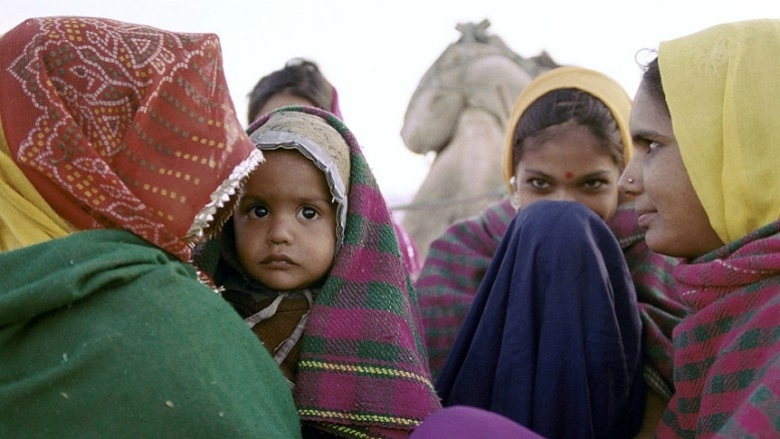The first three years of life are critical for the healthy development of the brain. Unfortunately, during these early years, children are especially vulnerable to the harm caused by malnutrition, illnesses and other problems, most of which are linked directly to poverty. This evaluation seeks to assess cost-effective means for addressing these problems through stimulation and nutrition, building on what has been learned in the long-term follow-up of the Jamaica child stimulation evaluation and through a similarly structured SIEF-supported evaluation in Colombia. Together, the evidence from these evaluations are providing policymakers with evidence of how to design programs that can improve child development during the critical early years.
| SIEF cluster: | Early Childhood Nutrition, Development, and Health |
| Country: | India |
| Evaluation sample: | 225 villages |
| Timeline: | Ongoing |
| Policy tools: | stimulation, nutrition, home visits, group meeting |
| Researchers: |
Costas Meghir, Yale University; Orazio Attanasio, University College London; Britta Augsburg, Institute for Fiscal Studies; Jere Behrman, University of Pennsylvania; Pia Britto, Yale University; Monimalika Day, Ambedkar University; Sally Grantham-McGregor, emeritus University College London; Smriti Pahwa, Pratham; Marta Rubio-Codina, Institute for Fiscal Studies |
| Partners: |
Context
Poverty rates in Odisha, a state on the Bay of Bengal in eastern India, are among the highest in the country. About two thirds of people there live in poverty and half of young children are stunted by age two. This evaluation will provide the government with evidence on the impact of different approaches for improving child development by encouraging mothers to play and talk to their young children and through better nutrition. Pratham, the country’s largest non-governmental organization focusing on early education programs, will implement the program. The program has been designed in such a way that it could be brought to scale through India’s existing Integrated Child Development Service, which currently provides nutritional assistance to children through age six and part time children’s centers for those aged three to six.
